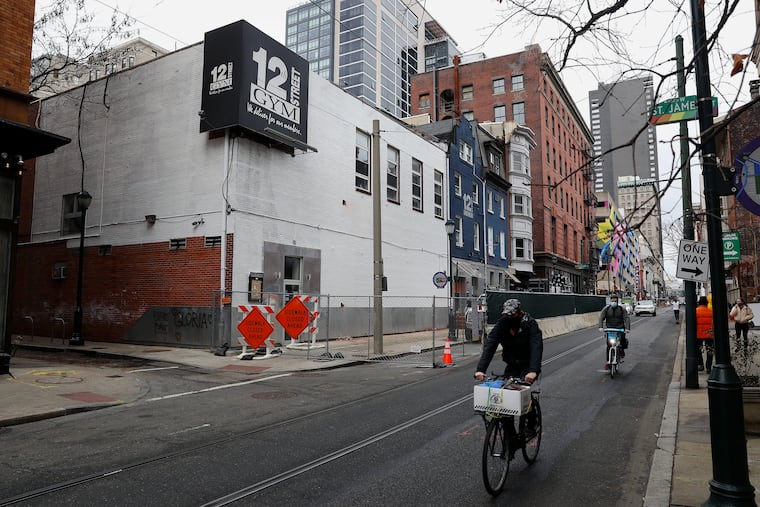New art installation in jeopardy after mural of queer activist Gloria Casarez in Philly’s Gayborhood whitewashed without warning
"You can't erase our history," artist Michelle Angela Ortiz projected onto the whitewashed site of her former mural.

"You can't erase our history," artist Michelle Angela Ortiz projected onto the whitewashed site of her former mural.
